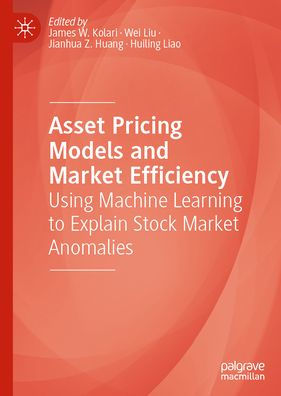This book collects and analyzes a large database of U.S. sk returns for anomaly portfolios over a long sample period spanning approximately 60 years. The authors overview different asset pricing models that have attempted to explain anomalous portfolio returns in the sk market. They then provide a theoretical and empirical discussion of a new asset pricing model dubbed the ZCAPM and report compelling empirical evidence that reveals the ZCAPM can explain hundreds of anomalies. Implications to the efficient-markets/behavioral-finance controversy are discussed. The book will be of particular interest to researchers, students, and professors of capital markets, asset management, and financial economics alongside professionals.
This book collects and analyzes a large database of U.S. sk returns for anomaly portfolios over a long sample period spanning approximately 60 years. The authors overview different asset pricing models that have attempted to explain anomalous portfolio returns in the sk market. They then provide a theoretical and empirical discussion of a new asset pricing model dubbed the ZCAPM and report compelling empirical evidence that reveals the ZCAPM can explain hundreds of anomalies. Implications to the efficient-markets/behavioral-finance controversy are discussed. The book will be of particular interest to researchers, students, and professors of capital markets, asset management, and financial economics alongside professionals.

Asset Pricing Models and Market Efficiency: Using Machine Learning to Explain Stock Market Anomalies
238
Asset Pricing Models and Market Efficiency: Using Machine Learning to Explain Stock Market Anomalies
238Hardcover

Product Details
| ISBN-13: | 9783031929007 |
|---|---|
| Publisher: | Springer Nature Switzerland |
| Publication date: | 09/15/2025 |
| Pages: | 238 |
| Product dimensions: | 5.83(w) x 8.27(h) x (d) |
